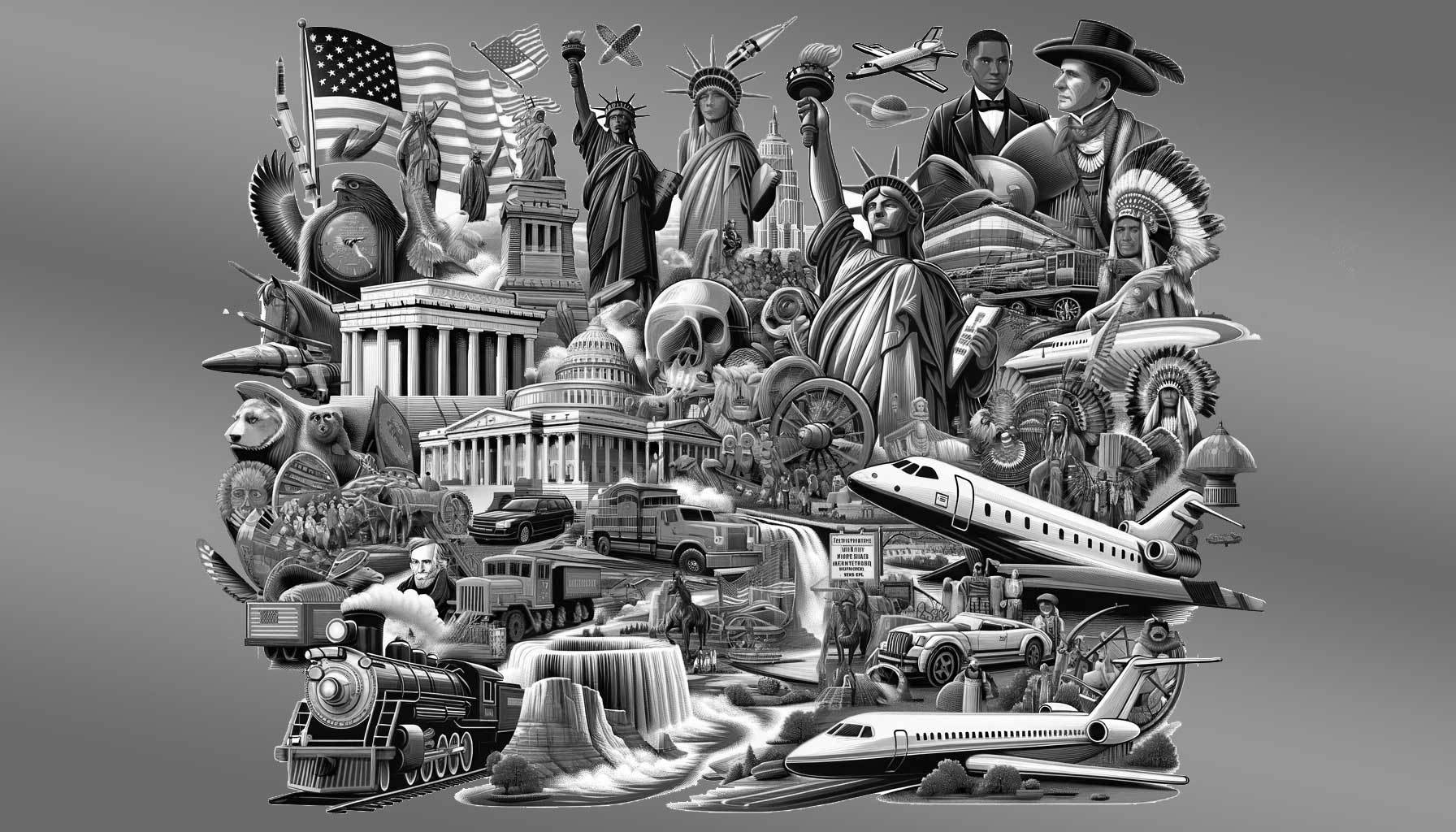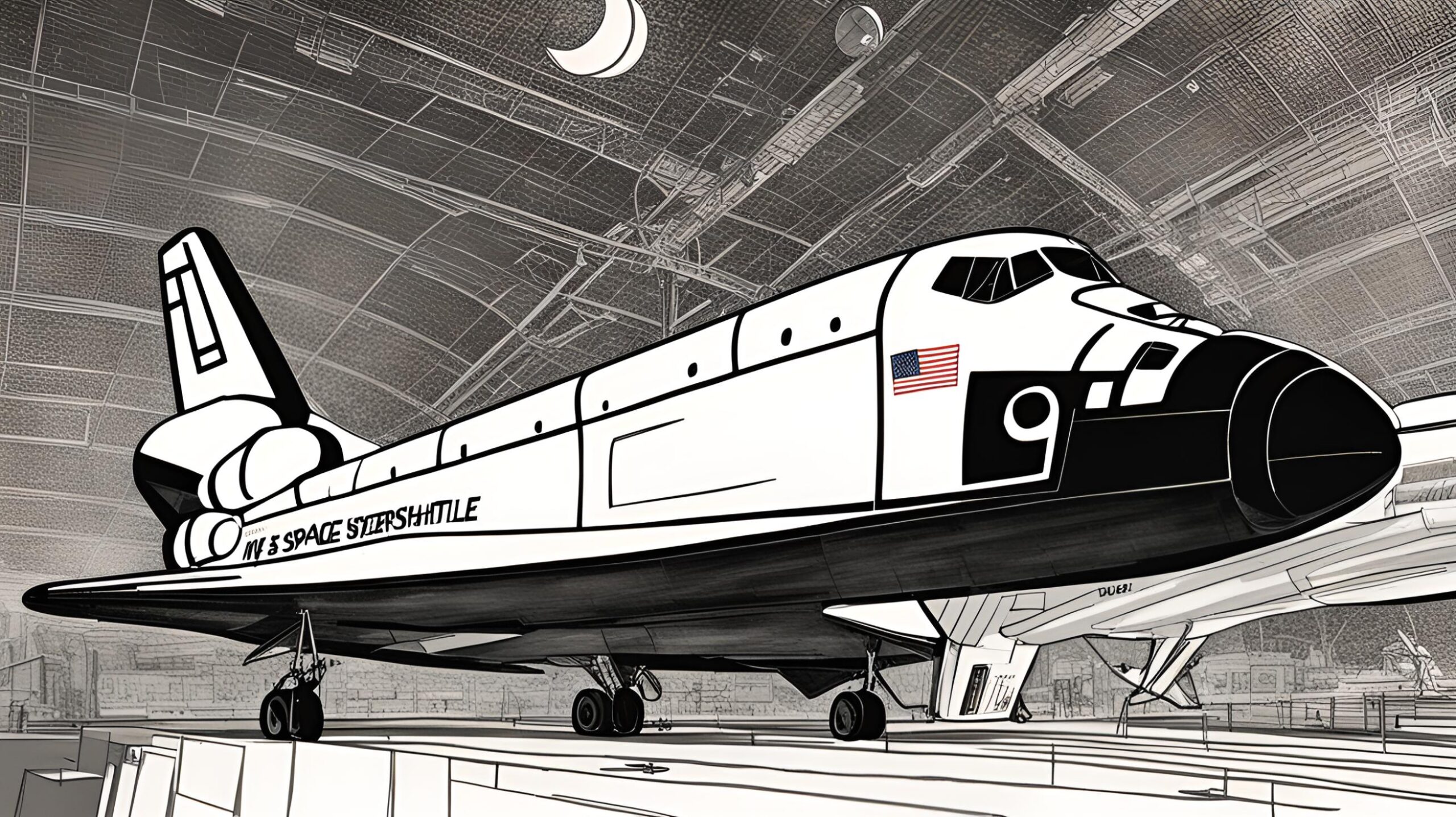Flashback to September 17
American History

On June 8, 1889, a significant event took place in the city of Los Angeles – the introduction of cable cars to the city’s transportation system. This marked a turning point in the city’s development and provided its residents with a new and efficient means of getting around. In this article, we’ll delve into the history of cable cars in Los Angeles and how this event shaped the city’s future.
The introduction of cable cars in Los Angeles came at a time when the city was experiencing rapid growth and expansion. The population was steadily increasing, and there was a need for an improved transportation system to connect the different neighborhoods and facilitate movement across the sprawling city.
At the time, the predominant mode of transportation in Los Angeles was horse-drawn streetcars. While these served their purpose, they were limited in their ability to navigate the city’s hilly terrain. This presented a challenge for the city’s residents and hindered the overall efficiency of the transportation system.
Recognizing the need for a more practical solution, the Los Angeles Cable Railway Company was established. This private company, backed by prominent investors, set out to implement a cable car system that would revolutionize transportation in the city. The company began work on laying tracks and installing the necessary infrastructure to support cable cars.
Finally, on June 8, 1889, the first cable cars began service in Los Angeles. The initial line covered a distance of approximately three miles, connecting the heart of downtown to the neighborhood of Echo Park. The cable cars were an instant hit, with residents embracing the new mode of transportation eagerly.
Cable cars offered several advantages over the horse-drawn streetcars that were previously used. The most significant advantage was their ability to navigate the city’s hilly terrain effortlessly. As the cable cars were pulled along the tracks by an underground cable, they could climb steep inclines more easily, providing a smooth and consistent ride for passengers. This meant that residents living in hillside neighborhoods were no longer limited by the topography and could enjoy convenient access to other parts of the city.
Furthermore, cable cars were more efficient and reliable compared to their horse-drawn counterparts. The constant pulling force of the underground cable allowed the cars to maintain a regular schedule and reduced the chances of breakdowns or delays. This newfound efficiency greatly benefited commuters and made the transportation system more dependable, leading to an increase in overall usage and popularity.
In the years following the introduction of cable cars, the system expanded rapidly. More lines were added, connecting additional neighborhoods and extending the reach of public transportation throughout the city. The expansion of the cable car network brought about urban development and contributed to the growth of Los Angeles as a major metropolitan area.
However, the era of cable cars in Los Angeles was relatively short-lived. As the city continued to grow, advancements in technology led to the introduction of alternative transportation systems, such as electric streetcars and eventually automobiles. With the arrival of these new modes of transportation, cable cars gradually became obsolete. The last cable car line in Los Angeles ceased operation in 1902.
Though cable cars are no longer a part of Los Angeles’ transportation system, their impact on the city cannot be overstated. The introduction of cable cars in 1889 played a pivotal role in shaping the development and expansion of the city. It provided a more efficient and reliable means of transportation, connecting neighborhoods and fostering growth. Today, we can still appreciate the legacy left by cable cars in Los Angeles, as they are remembered as an important chapter in the city’s history.
We strive for accuracy. If you see something that doesn't look right, click here to contact us!
Sponsored Content

The first Space Shuttle,…
"Experience the thrill of…

Hurricane hits Lake Okeechobee,…
As one of the…

James Forrestal sworn in…
Recognizing a pivotal moment…

The United States Constitution…
"Experience the momentous day…

